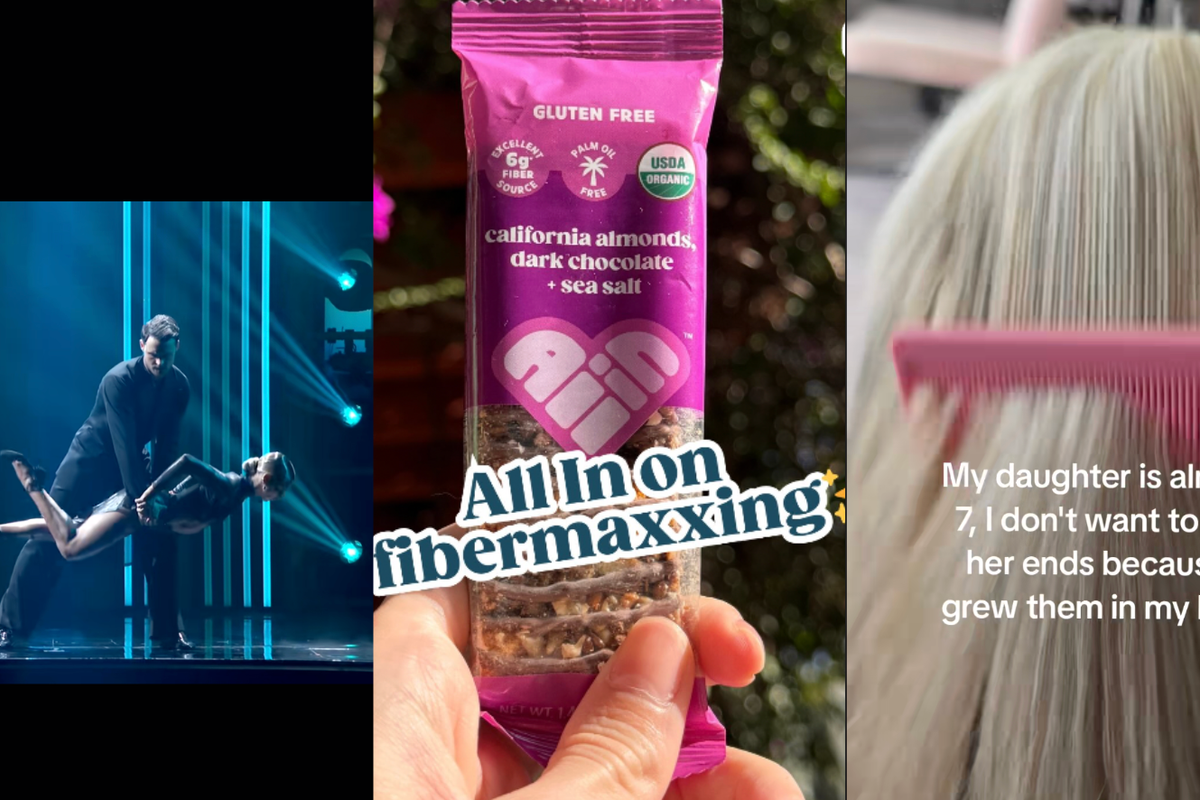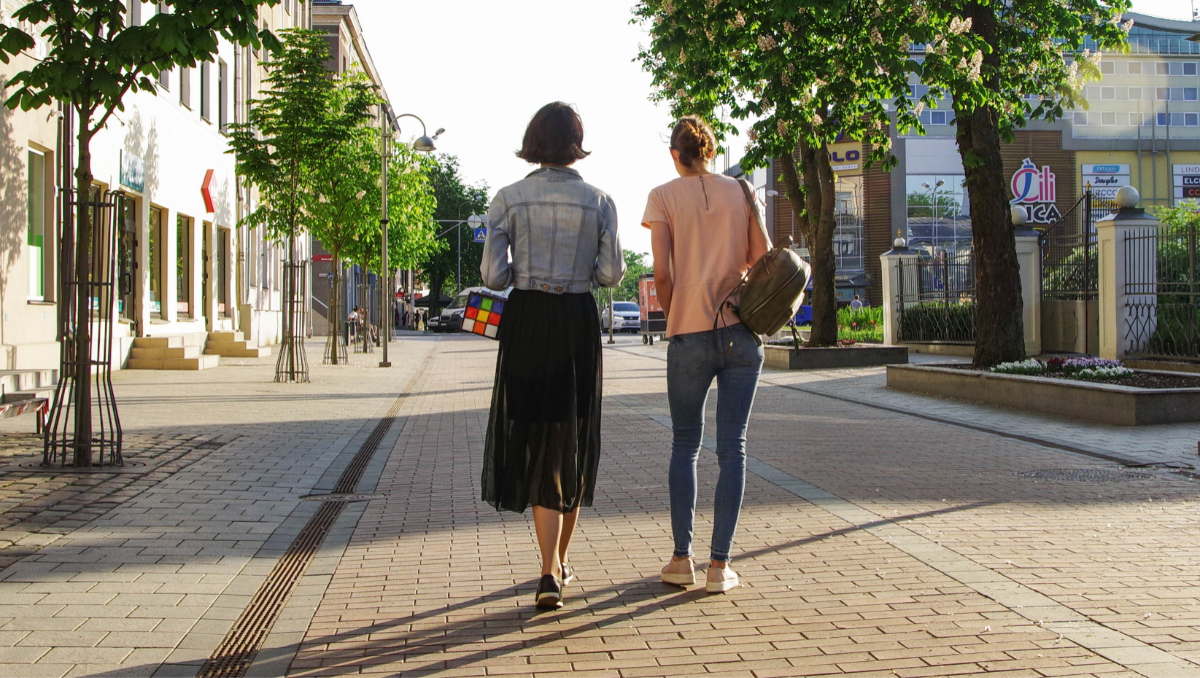She landed a deal with Whole Foods, has a plan to save the bees — and is in sixth grade.
On April 20, 2016, 11-year-old Mikaila Ulmer walked onto the stage at WE Day, a star-studded event celebrating youth who are sparking change in their communities and the world.
Dressed in a white shirt, white pants, and a sparkly belt, with a bright yellow flower in her hair, the sixth-grader stood in front of 15,000 cheering people and confidently told the story of her journey to become a successful social entrepreneur who in 2014 closed a national deal with Whole Foods Market.
How does a little girl — who sells lemonade — end up here?
All photos from Microsoft and WE Day, used with permission.
It all started with a bee.
When Mikaila was 4 years old, she was stung by a bee. Just days later, she was stung again.
Two bee stings in one week would be enough to make any little girl terrified of bees, and Mikaila was no different. She wanted nothing to do with the insect ever again.
But her mother, in a stroke of genius, encouraged her to learn more about bees instead of being afraid of them. Through her learning, Mikaila discovered just how valuable honeybees are. She learned they are the main pollinators of many major fruit and nut crops as well as makers of honey.
But it wasn't all good news. She also learned that, thanks to a variety of factors including commonly used pesticides that may be lethal to bees, they had been dying off at an unprecedented rate for over a decade.
The important honey-making insects that she was now in love with were in serious danger of becoming extinct.
And with that, her fear was transformed into a passion and desire to help save the bees.
Around the same time, her great-grandmother, Helen, sent Mikaila's family an old 1940s cookbook. In it was her grandmother's special recipe for flaxseed lemonade.
Mikaila, who was planning on entering a local children's business competition, suddenly had a bright idea.
What if she could make lemonade using her great-grandmother's recipe and help the bees at the same time?
Mikaila decided to use honey in addition to sugar and entered her concoction into the competition with the goal of spreading the word about the importance of bees — and donating money to help save them.
That's how Me & The Bees Lemonade was born.
In the years since, Mikaila has grown her Me & The Bees Lemonade (formerly Bee Sweet Lemonade) into a thriving business and used a percentage of the profits from every sale to support international organizations working to save bees from extinction.
Her passion to make a difference and turn Me & The Bees Lemonade into a successful social enterprise has garnered the young business owner quite a bit of attention and success.
She secured a $60,000 investment on the popular ABC show "Shark Tank" from investor Daymond John.
In 2014, her hard work paid off when Me & The Bees Lemonade secured a deal with Whole Foods. Her lemonade is now distributed in 55 stores.
She was one of a select few children invited to the White House Kids’ State Dinner.
And, she was chosen as one of tech coalition MVMT50’s top 10 innovators of 2015.
Mikaila's just getting started.
She's excited about coding and is learning Java and is working with Microsoft to continue to scale her business. She’s even building her own computer and has aspirations to create apps so she can share her business acumen with others. She inspires kids at conferences like WE Day all around the country but is also focused locally, helping her classmates and friends with their own business ideas.
What does she tell them? According to the Austin Chronicle, she gives one of her favorite pieces of advice: "Don't be discouraged by life's little stings. You can be sweet and be profitable." She's the living proof.







 Newborn's first cry marks a fresh beginning.
Newborn's first cry marks a fresh beginning. Newborn baby.
Newborn baby.
 Women walking down a street.Image via Canva Photos.
Women walking down a street.Image via Canva Photos.  Woman aware of her surroundings in a parking garage. Image via Canva Photos.
Woman aware of her surroundings in a parking garage. Image via Canva Photos.
 "You're hilariously brilliant at everything you hate."
"You're hilariously brilliant at everything you hate."  "Bridget is authentically herself…and triumphs in her own way."
"Bridget is authentically herself…and triumphs in her own way."  "They're written in some curious language that I can't really understand."
"They're written in some curious language that I can't really understand."